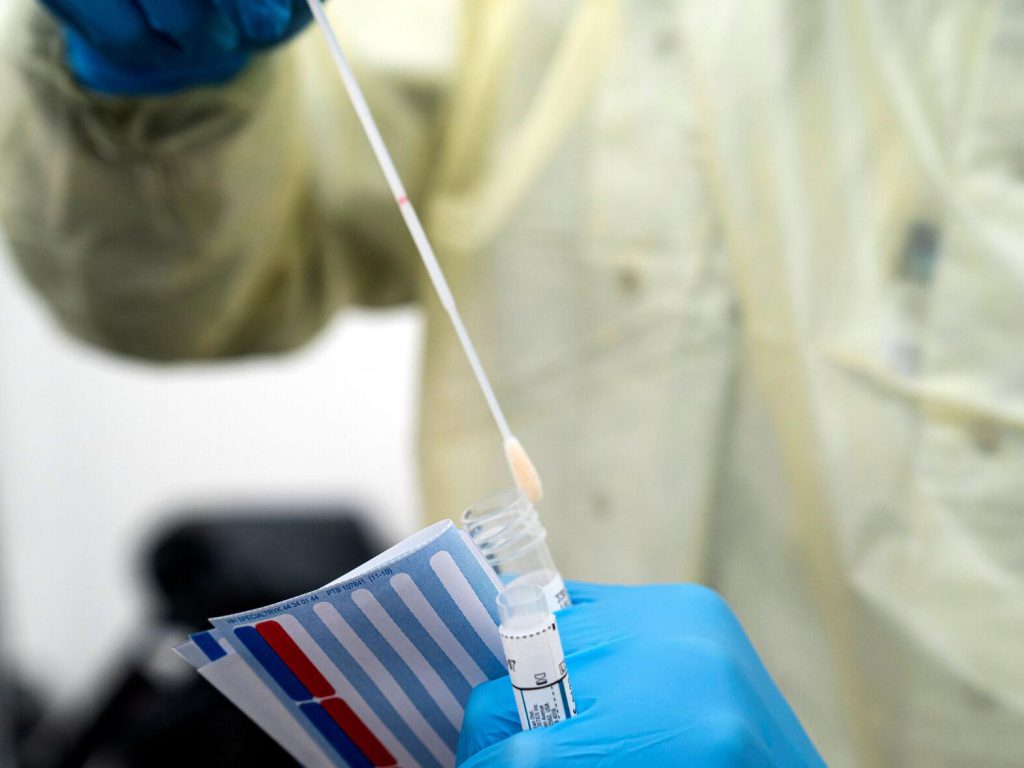According to new study, the BA.2 virus, a subvariant of the Omicron coronavirus variant, is not only spreading faster than its distant cousin, but it may also cause more severe sickness and is capable of defying some of the primary weapons we have against Covid-19.
New Japanese laboratory investigations indicate that BA.2 may have properties that make it just as capable of cause significant disease as previous Covid-19 versions, such as Delta.
And, like Omicron, it appears to evade the immunity induced by vaccinations. A booster dose restores protection, reducing the likelihood of sickness following infection by 74%.
BA.2 is also resistant to various therapies, including sotrovimab, a monoclonal antibody used to treat Omicron.
The findings were published as a preprint research on the bioRxiv platform on Wednesday, prior to peer review. Normally, independent specialists review a study before it is published in a medical publication. Preprints allow researchers to disseminate their findings more rapidly, but they are published before the extra layer of scrutiny.
“It might be, from a human’s perspective, a worse virus than BA.1 and might be able to transmit better and cause worse disease,” says Dr. Daniel Rhoads, section director of microbiology at the Cleveland Clinic in Ohio. Rhoads examined the research but was not engaged in it.
BA.2 has significantly modified when compared to the original Covid-causing virus discovered in Wuhan, China. It also possesses hundreds of gene modifications that distinguish it from the original Omicron strain, making it as unique from the most recent pandemic virus as the Alpha, Beta, Gamma, and Delta variations were.
According to Kei Sato, a researcher at the University of Tokyo who conducted the study, these data demonstrate that BA.2 should not be regarded a sort of Omicron and that it should be properly watched.
“As you may know, BA.2 is called ‘stealth Omicron,’ ” Sato said to CNN. That’s because it doesn’t show up as an S-gene target failure on PCR testing as Omicron does. To detect this variety, labs must go the additional mile and sequence the virus.
“Establishing a method to detect BA.2 specifically would be the first thing” he says.
“It looks like we might be looking at a new Greek letter here,” commented Deborah Fuller, a virologist at the University of Washington School of Medicine who examined the data but was not involved in the research.
BA.2 is around 30% to 50% more infectious than Omicron. It has been found in 74 nations and 47 states in the United States.
According to the Centres for Disease Control and Prevention, around 4% of Americans with Covid-19 currently have infections caused by BA.2, while many other regions of the world have more experience with this variety. According to the World Health Organization’s weekly epidemiological report, it has grown prominent in at least eleven additional countries: Bangladesh, Brunei, China, Denmark, Guam, India, Montenegro, Nepal, Pakistan, and the Philippines.
However, there is conflicting information regarding the severity of BA.2 in the actual world. Hospitalizations continue to fall in nations where BA.2 has established a foothold, such as South Africa and the United Kingdom. However, according to WHO, in Denmark, where BA.2 has become the major source of infections, hospitalizations and fatalities are on the rise.
The latest research discovered that BA.2 can replicate itself in cells faster than BA.1, the original form of Omicron. It is also more effective in causing cells to adhere to one another. This enables the virus to form bigger clumps of cells, known as syncytia, than BA.1. This is worrisome because these clusters subsequently serve as factories for producing new copies of the virus. Delta was also capable of producing syncytia, which is considered to be one of the reasons it was so damaging to the lungs.
When the researchers infected hamsters with BA.2 and BA.1, the BA.2-infected animals became sicker and had worse lung function. The lungs of BA.2-infected hamsters had more damage in tissue samples than those infected with BA.1.
